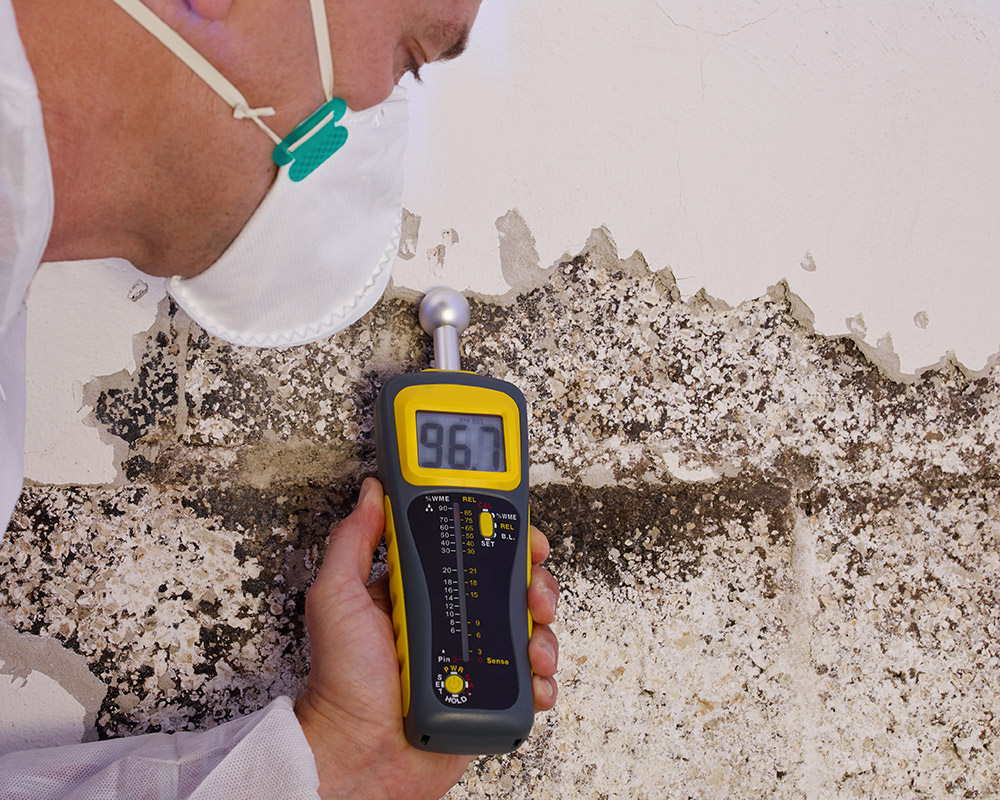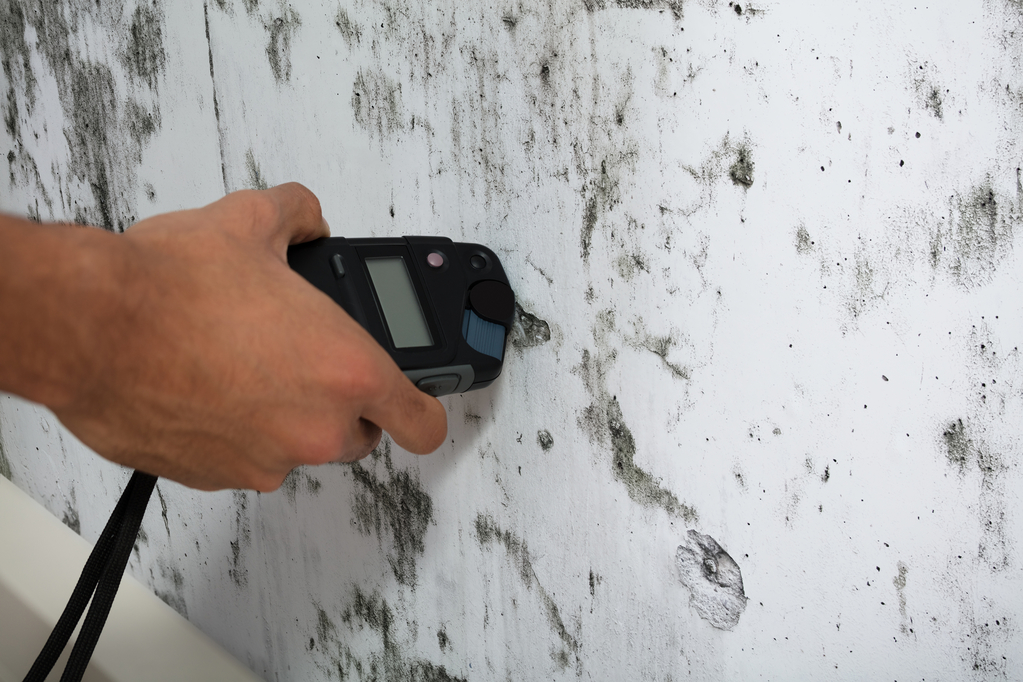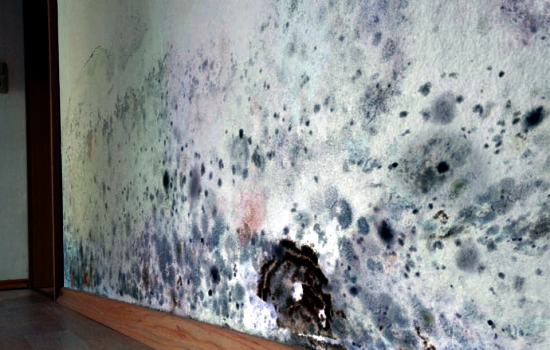After Mold Remediation Strategies for Tidy Spaces
After Mold Remediation Strategies for Tidy Spaces
Blog Article
Your Ultimate Guide to Post Mold And Mildew Removal Strategies
In the aftermath of mold and mildew infestation, recognizing exactly how to properly remove the mold and mildew and stop its reoccurrence is critical for keeping a healthy indoor setting. From selecting the ideal cleaning and sanitizing approaches to carrying out strategies for long-term mold and mildew prevention, each step in the remediation trip plays an important duty in ensuring an effective end result.
Understanding Post-Mold Remediation Process
After finishing the mold removal procedure, it is essential to comprehend the post-mold remediation strategies that are needed to make sure a thorough and reliable clean-up. As soon as the mold and mildew has been gotten rid of, the next step involves cleansing and disinfecting the influenced areas to protect against any type of regrowth of mold.
In addition, conducting a final evaluation post-remediation is important to make certain that all mold and mildew has actually been efficiently gotten rid of. If the examination discloses any lingering mold and mildew, added removal may be required.
Effective Cleaning and Disinfecting Approaches

Preventing Future Mold Development

Importance of Correct Air Flow
Proper ventilation plays a crucial duty in protecting against wetness buildup, a vital factor in mold and mildew growth within interior atmospheres. Efficient air flow systems assist remove excess moisture from the air, reducing the possibilities of mold spores locating the moisture they need to spread and germinate. Without ample ventilation, interior spaces can come to be a reproduction ground for mold, causing potential health and index wellness risks and architectural damage.
By making sure proper air flow, ventilation systems can also help in drying damp locations quicker after water damages or flooding events, additionally discouraging mold development. After mold remediation. In spaces like bathrooms, attic rooms, basements, and kitchens where dampness levels tend to be higher, setting up and keeping efficient air flow systems is important in protecting against mold infestations

Monitoring and Maintenance Tips
Given the essential role that proper air flow plays in stopping mold development, it is crucial to establish effective tracking and maintenance tips to make sure the ongoing capability of air flow systems. Tracking moisture degrees within the home is likewise vital, as high moisture can contribute to mold development. By remaining aggressive and conscientious to the problem of air flow systems, residential or commercial property owners can effectively mitigate the threat of mold and mildew regrowth and maintain a healthy and balanced interior atmosphere.
Conclusion
To conclude, post-mold remediation techniques are important for guaranteeing a secure and tidy setting. Comprehending the process, implementing reliable cleansing and disinfecting methods, stopping future mold and mildew growth, maintaining correct ventilation, and normal monitoring are all crucial action in the removal procedure. By following these standards, you can effectively get rid of mold and prevent its return, advertising a healthy living or functioning room for all residents.
In the consequences of mold and mildew invasion, understanding how to properly eliminate the mold and mildew and avoid its reoccurrence is extremely important for maintaining a healthy and balanced indoor setting. Once the mold and mildew has been removed, the following step entails cleaning and disinfecting the influenced locations to prevent any type of regrowth of mold and mildew - Post Mold remediation cleaning. After removing noticeable mold growth, it is critical to clean all surfaces in the afflicted green mold removal tips area to remove any staying mold and mildew spores. To better improve mold avoidance actions, it is vital to resolve underlying issues that initially led to mold growth.Provided the essential role that appropriate air flow plays in preventing mold growth, it is vital to establish effective surveillance and upkeep pointers to ensure the continued functionality of ventilation systems
Report this page